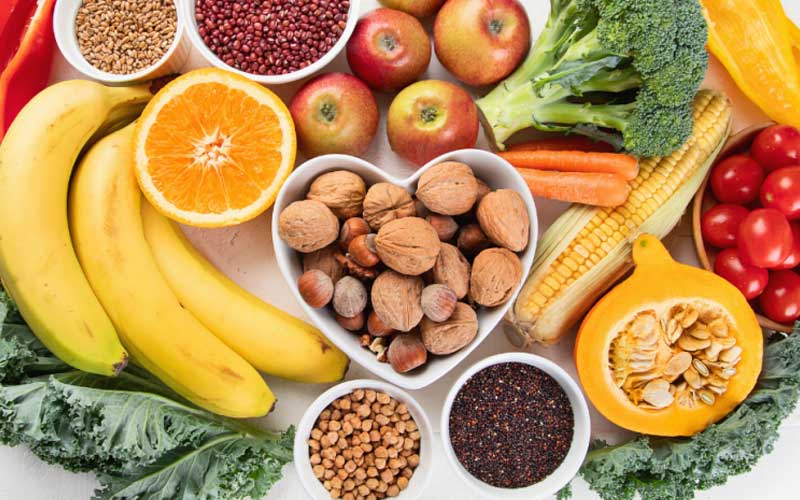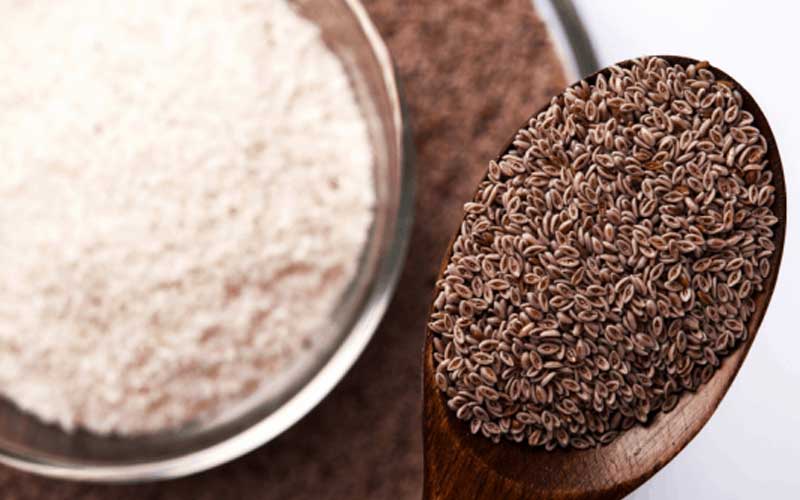Dietary fiber is found primarily in fruit, vegetables, whole grains, and legumes. It is reasonably best known for its capability to prevent or relieve constipation. But high fiber foods could also provide other health benefits, like helping maintain a healthy weight and lower your risk of heart illness, diabetes, and some types of cancer.
It is not difficult to select tasty foods that supply fiber, both insoluble and soluble fiber. Find out how much fiber food you need, the food that contains it, and how to add it to snacks and food.
What is Dietary Fiber?
Commonly known as bulk or roughage, dietary fiber includes parts of plant foods that your body can not absorb or digest. Unlike other food components, like proteins, fats, or carbohydrates-which your body breaks down and consumes-your body does not digest fiber. Instead, it passes relatively untouched through your small intestine, stomach, and colon, and out of the body.
Fiber is usually classified as soluble, dissolving in water or insoluble, which does not dissolve.
Soluble fiber is a type of fiber that is dissolved in water to form a gel-like material. It may help to lower blood cholesterol and glucose levels. Soluble fiber is found in oats, beans, peas, apples, citrus fruits, psyllium, carrots, and barley.
Insoluble Fiber
This type of fiber improves the movement of the material through the digestive system. It tends to increase stool mass, which could benefit those struggling with irregular stools or
constipation. Whole-grain flour, wheat bran, nuts, vegetables, and beans like potatoes and cauliflower beans are good sources of insoluble fiber. The amount of insoluble and soluble fiber varies in different plant foods. For you to make the most of the health benefits.
Benefits of a High-Fiber Diet
A high-fiber diet:
Regulates movements of the intestines. Dietary fiber increases and softens the weight and size of your stool. It’s easier to pass a bulky stool, reducing your chance of constipation. If you are experiencing loose, watery stools, the fiber may help to thicken or solidify the stool because it absorbs water and adds bulk to the stool.
Help keep the intestine healthy. A high-fiber diet may reduce the risk of developing hemorrhoids and small pockets in your colon (diverticular disease). Researches have also found that a high-fiber diet is likely to reduce the risk of colorectal cancer. Some of the fiber is fermented in the colon. Researchers have been looking at how this may play a role in the prevention of colon diseases.
Lowers the level of cholesterol. The soluble fiber in oats, flaxseed, beans, and oat bran could lower total blood cholesterol levels by lowering down low-density lipoprotein or “bad” cholesterol levels. Researches have shown that high-fiber foods may have other cardiac health benefits, such as lowering blood pressure and swelling.
Helps to control blood sugar levels. In people with diabetes, fiber — especially soluble fiber — can slow sugar absorption and improve blood sugar levels. Healthy diets that include insoluble fiber may also reduce the risk of developing type 2 diabetes.
Helps to achieve a healthy weight. High-fiber foods tend to fill more than low-fiber foods, so you are likely to eat less and stay satisfied longer. High-fiber foods tend to be harder to eat and less “energy-dense,” which means that they have lesser calories for the same amount of food.
Helps you to live longer. Researches suggest that increasing your dietary fiber intake — especially cereal fiber — is connected with a lower chance of dying from all known cancers and cardiovascular disease.
High-fiber foods are good for your health. But adding too much fiber too quickly could promote intestinal gas, abdominal swelling, and cramping. Increase your diet fiber gradually over a few weeks. This allows natural bacteria to adjust to the changes in your digestive system.
Drink plenty of water, too. Fiber works great when it absorbs water, making your stool bulky and soft.



